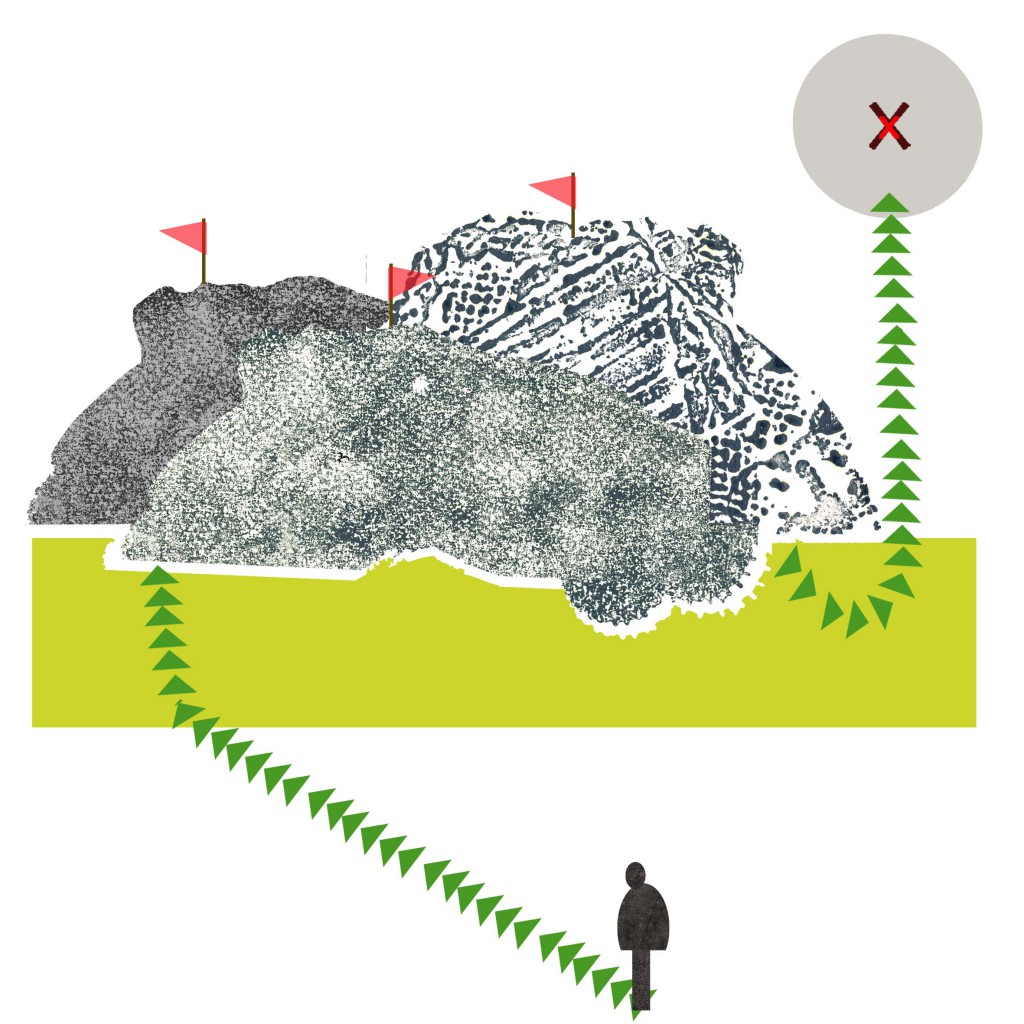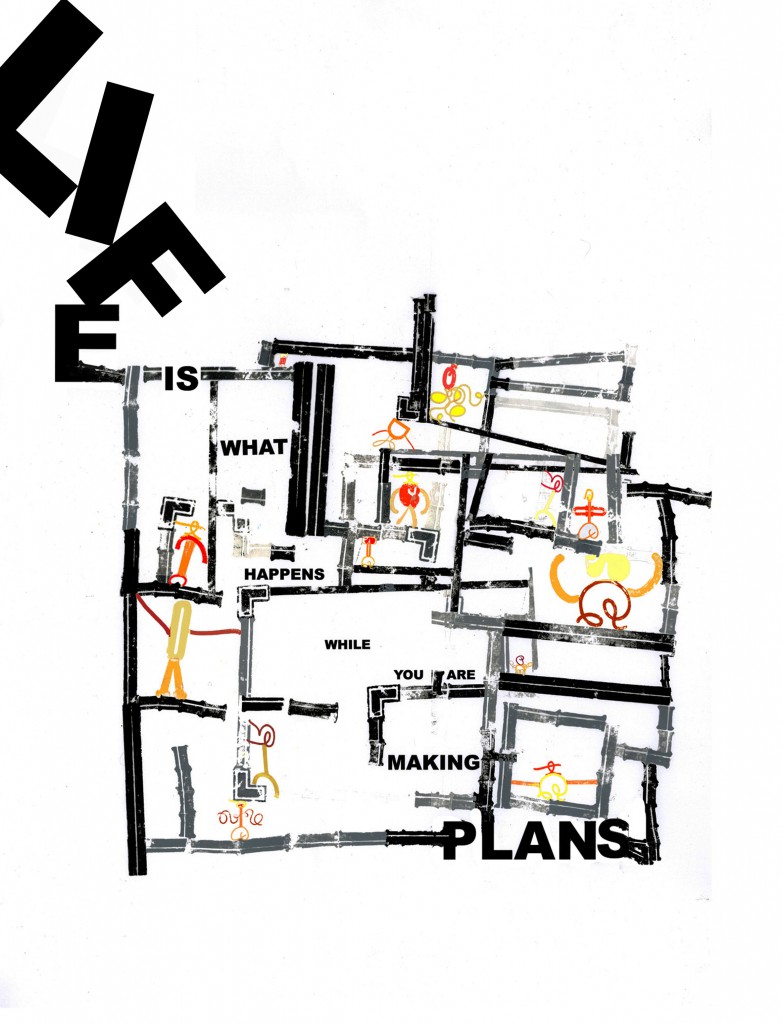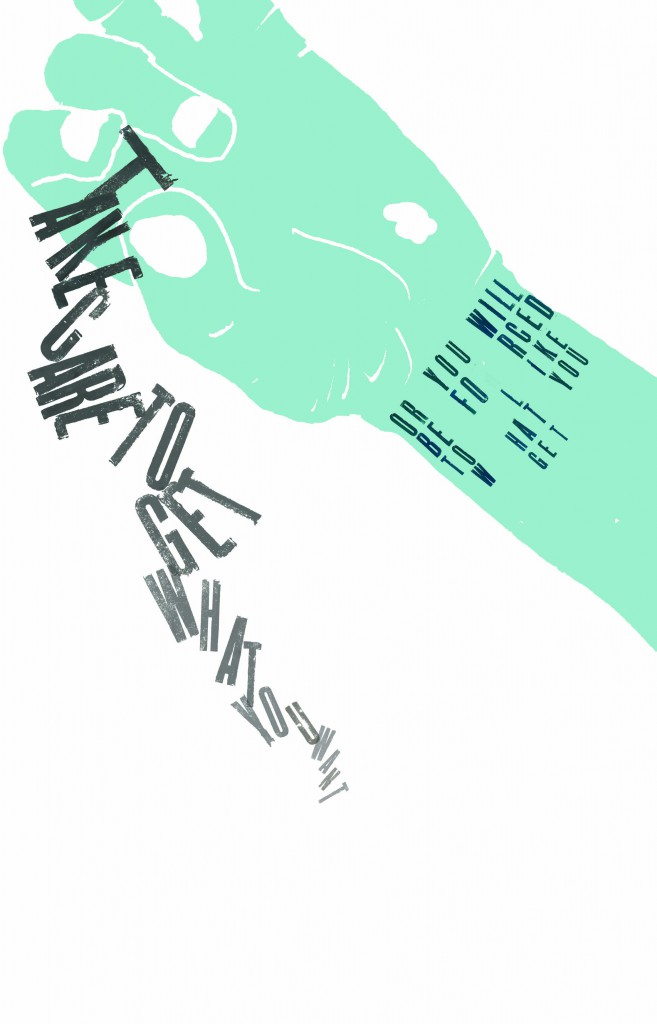Peckham to the Pompidou: Tommy Evans Meets British Nigerian Artist Yekinni
British-Nigerian visual communicator and all-round renaissance woman Yekinni talks to Tommy Evans about her signature approach to the Afropean experience, ambience and aesthetic, and how her talent has taken her from Peckham to the Pompidou!
T: Firstly – and it’s becoming a journalistic tradition of mine – may I delve into the “Afropean Connection?”
Y: My entire family are Nigerian but born and raised in the UK!
T: Are we Yoruba, Igbo…?
Y: Yoruba. If you want to go even deeper, my great-grandmother was bouncy castle half-Indian.
T: Is that Indian as in India or Native-American “Indian?”
Y: Indian from India and my family are Muslims.
T: I’m reading a very interesting book at the moment by Amy Chua and Jed Rubenfeld (“The Triple Package”) about minority groups in the United States who overachieve including Nigerians! Migrant families often harbour great expectations concerning their children’s education; now, you attended Kingston University: was there 100% support in terms of choosing an artistic profession or were you encouraged to opt for a more “traditional” vocation?
Y: I would be lying if I said having Nigerian parents I wasn’t told to pursue a more traditional option! I’ve always wanted to be creative so from day “dot” I did creative subjects. I studied architecture at A-Level and had actually applied to do a degree in it but decided to do my Foundation Diploma in Art and Design at Chelsea College of Art and Design instead. I guess I did start out with the least traditional vocation on “the list” – ‘cause it’s normally a doctor, a lawyer. When I explained to my dad why I wasn’t doing architecture anymore it was just as simple as: this is the only option, I can’t possibly do something I’m not passionate about – how am I supposed to succeed in it? So in the context of the big family picture, especially from my dad’s side, I’m seen as the black sheep of the family as everyone else is a mathematician or lawyer and they sit there working out problems as a fun past-time!
T: How did you make the transition from academia to industry?
Y: I was never fully invested in the university “lifestyle” – I was always considered somewhat an outsider. People made up some random stories of me being an international student – it was very strange! When I was at university I was working for The Tate helping to organise events, doing promotional stuff and participating in all sorts of crazy, random projects! I didn’t really enjoy university – it was something I pushed against that made the stuff I did outside so much more prosperous if you get what I mean! As for the transition it was just, okay, I’m dropping the university part and continuing the other stuff. Saying that though, I still had to find a balance.
T: We actually have a shared artistic trajectory in that I actually used to work at the Tate, albeit “a long time ago, in a galaxy far far away!” How did that link emerge?
Y: It happened, Alhamdulillah, because of my mother. We grew up in Peckham and we didn’t play out so as not to get corrupted, so I had to come up with a feasible way for me to socialise. I was boxed up: it was very much you go home, you go to school, go home and go to school, simple as that! When I went to college I met a friend who was part of something called Tate Forum, which is a youth programme with Tate Britain, and I got involved like that! The longer I was involved the more I jumped on all the opportunities possible.
T: What professional and artistic lessons did you learn at The Tate?
Y: My “art father” currently works across all four Tate sites and studied for an MA in Illustration at St. Martins so I’m constantly picking his brain. But also, my experiences helped develop my inflatable obstacle course own ability to articulate myself delivering talks and presentations to 50 to 100 people, a lot of the time with next to no advance warning just, “Get up there and talk about what we do!” That kind of stuff has definitely helped me to think on my feet and also to really understand the belly of the beast-
T: The industry so to speak?
Y: Yeah!
T: What are the challenges of being an artist but also someone who has to seek out clients? How do you balance the commercial and creative elements?
Y: To be honest with you, I don’t know, it comes project by project, case by case. There is no real balance, it just comes together and if it doesn’t it has to! You know when you step too far and you know when you haven’t done enough.
T: One of the things that actually attracted me to your work was the use of colour and shape. How would I describe it… the colours you employ are somewhere in-between muted and bold so that they are eye catching and distinct-
Y: They’ve got a richness.
T: That’s the word I’m looking for! It’s a subtle richness, it’s a mature aesthetic – that’s what captured my eye.
Y: I always wanted my work to be quite confident – you may dislike me, you may be disgusted by me, you may be completely annoyed by me but you can’t deny that it’s good work, you know what I mean? Even your enemy would be like, no, I will raise my hand to that! That’s what I want, for it to speak for itself! It doesn’t need to be above everything else but just holds its own.
T: Have you had the good fortune to take your work beyond the boundaries of Londinium?
Y: I remember when I was 18 or 19, somewhere in the teenage years, I got a chance to be part of an exchange programme to Syria and Jordan and produce artwork while I was out there that was displayed in the Tate for about three months accompanying the East Meets West exhibition that was on… I think it was 2009, no, 2008 maybe; I’m not sure – it was so long ago!
T: What were your experiences like in Syria and Jordan?
Y: Subhanallah, Jordan was alright but Syria, hands down out of all the places I’ve travelled to even to date, is the most beautiful place I’ve ever been to not just in terms of the sites but the people – they were just so welcoming. The whole place was melodic; everything was just in harmony and I’ve always said if I ever wanted to go back anywhere it would be Syria of 2008, obviously not today’s Syria. That’s definitely been a pinnacle for myself in changing me and a driving force in wanting to do more or knowing that the world is bigger than me with more to see other than what was in front of my eyes. After that, I was selected as one of the “future leaders in innovation” or something by the British Council so I got to go to China!
T: How was that?
Y: That was crazy! You apply for these things, you know, as a creative person but a lot of the time it’s a political thing and not a creative thing.
T: A political thing on your part or theirs?
Y: On their part!
T: As in getting more minority ethnic artists involved?
Y: Yes, that, but also I think it was an opportunity for China to stay safe and to be like, “We’re so great!” I’m glad I got the opportunity to go but out of all the places I won’t go again, that’s definitely one not in my top ten! Only because I got such a crazy interaction whereby everywhere my friends and I walked we were like celebrities! I’d be drawing and I’d look up and be part of a family photograph! It was just insane – it made you feel like you’re part of a circus! That I didn’t quite enjoy so much but I can say the things I got to see with my own eyes informed my sense of space or design – being able to absorb another culture definitely helps. I think that travelling is such a key thing for me to be able to get a good perspective on life and how I can redesign things, organise things and lay things out. So I don’t regret going – it was very interesting.
Back in 2011, I got a contract with an Indian design company based in Kerala so I went out there as a graphic designer for them. It was great! I was working six days a week in a studio producing graphics. I did a tissue box for Volkswagen that’s on the website as well as a booklet promoting an orphanage called “Hope.” Their ethos is all about creating homes for children so each child had a mother and brothers and sisters; it was not just rows of beds. So that actually got cut short after three months just because I felt I wasn’t getting the returns that I’d like. And also, it highlighted to me that actually that studio experience is not what I want: I don’t want to be stuck in some office labelled a studio but it’s still the same inflatable water slide kind of principles – you stay there, you work there, you can’t leave! Alhamdulillah, I got to produce some good work and also got so many amazing inputs to my visual memory to draw upon and, again, my sense of colour got a nice upload from the culture.
I’ve been to places in Europe: Finland, Helsinki to be exact. I did some work with a gallery out there called Kiasma and that was just producing a one-off installation with a couple of my friends and then the Pompidou Centre.
T: That’s a pretty impressive international resume! What are your future plans?
Y: I recently joined forces with a sister called Ruth Saqib – we have a very similar outlook on design – she’s actually studying at The Bartlett for an MA in architecture. We joined forces to try and produce work that straddles the line of graphic design, illustration and architecture. So we’re currently working on illustrations for a poetry book based on children in Syria so I’m looking forward to collaborating with her. In general, it’s about producing this body of work that has consistency, to produce more and continue to have it speak to people automatically; you don’t need a translator or to be a particular type of person to understand it-
T: It speaks for itself.
Y: Exactly!






